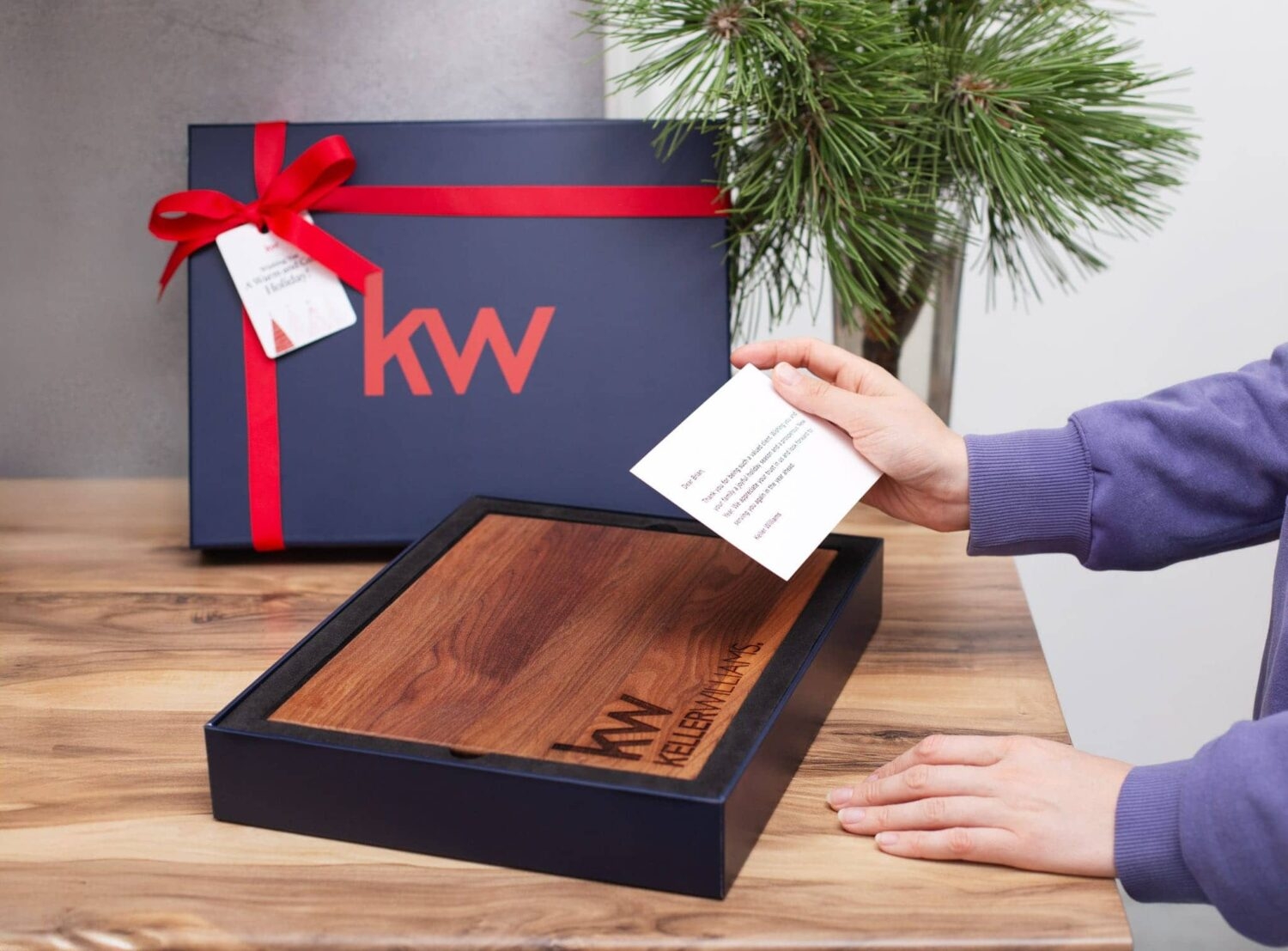Studio recording is a powerful tool for capturing music, voice, and sound with precision and emotion. But even experienced artists and engineers can fall into traps that compromise the final product. Whether you're working in a professional studio or a home setup, avoiding these common mistakes can dramatically improve your results.
Here are ten studio recording mistakes you should watch out for—and how to avoid them.
1. Recording Too Hot (Digital Clipping)
Mistake: Setting input levels too high, causing distortion and digital clipping.
Solution: Always monitor your levels and aim for a healthy signal without peaking. Use 24-bit recording to allow headroom and avoid pushing levels into the red. Clean gain staging is essential for professional studio recording.
2. Ignoring the Source Sound
Mistake: Focusing too much on gear and plugins while neglecting the actual instrument or voice.
Solution: Before hitting record, make sure the source sounds great acoustically. Tune instruments, adjust mic technique, and ensure the performer is comfortable. A good studio recording starts with a great source.
3. Poor Microphone Placement
Mistake: Placing microphones without considering room acoustics or instrument characteristics.
Solution: Experiment with mic angles, distance, and positioning. Use pop filters for vocals, and try different placements for guitars, drums, and ambient sounds. Proper mic technique is a cornerstone of quality studio recording.
4. Skipping Soundchecks
Mistake: Jumping into recording without testing levels, connections, and equipment.
Solution: Always perform a thorough soundcheck. Test each mic, instrument, and input channel. This helps catch issues early and ensures a smooth studio recording session.
5. Overusing Effects During Tracking
Mistake: Applying heavy reverb, delay, or EQ while recording.
Solution: Record dry and clean tracks. Save effects for mixing, where you have more control. Overprocessing during tracking can limit flexibility and muddy your studio recording.
6. Not Tuning Instruments Regularly
Mistake: Recording with instruments that drift out of tune.
Solution: Tune before every take—and check tuning between takes. Even minor pitch issues can ruin a great performance. Consistent tuning is vital for professional studio recording.
7. Rushing Through Takes
Mistake: Trying to finish quickly without capturing the best performance.
Solution: Allow time for multiple takes and breaks. Don’t settle for “good enough.” Studio recording is about capturing emotion and precision—give yourself space to get it right.
8. Using Low-Quality Cables or Interfaces
Mistake: Cutting corners on cables, interfaces, or converters.
Solution: Invest in reliable gear. Even budget setups can sound great with quality cables and clean interfaces. Avoid signal loss and noise by maintaining your studio recording equipment.
9. Poor Session Organization
Mistake: Saving files with vague names or failing to back up sessions.
Solution: Use studio recording naming conventions, organize tracks by instrument, and back up your work regularly. A well-organized studio recording session saves time and prevents data loss.
10. Letting the Engineer Control Everything
Mistake: Not communicating your creative vision or relying solely on the engineer.
Solution: Collaborate actively. Share your goals, reference tracks, and feedback. A successful studio recording is a partnership between artist and engineer.
Final Thoughts
Studio recording is a blend of creativity, technical skill, and preparation. By avoiding these ten common mistakes, you’ll set yourself up for smoother sessions, better sound quality, and more impactful results. Whether you're recording vocals, instruments, or podcasts, these tips will help you make the most of your studio time.


